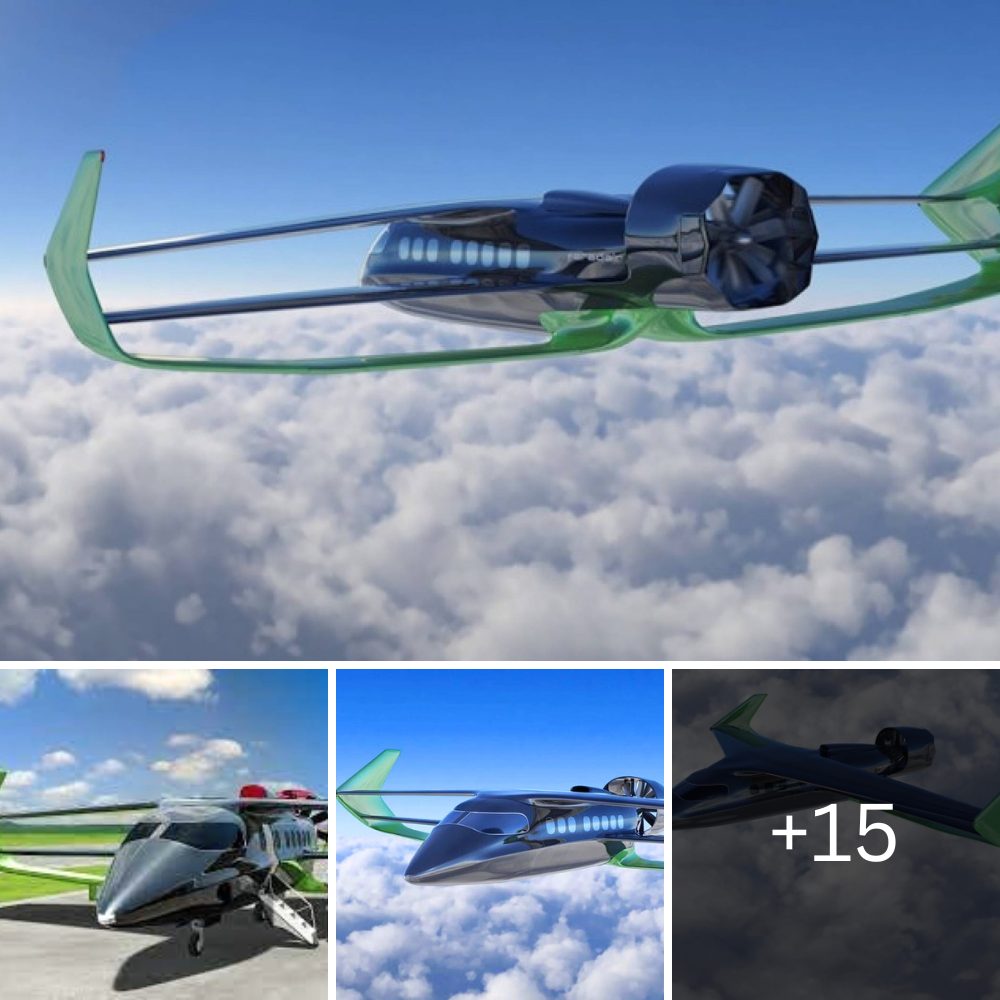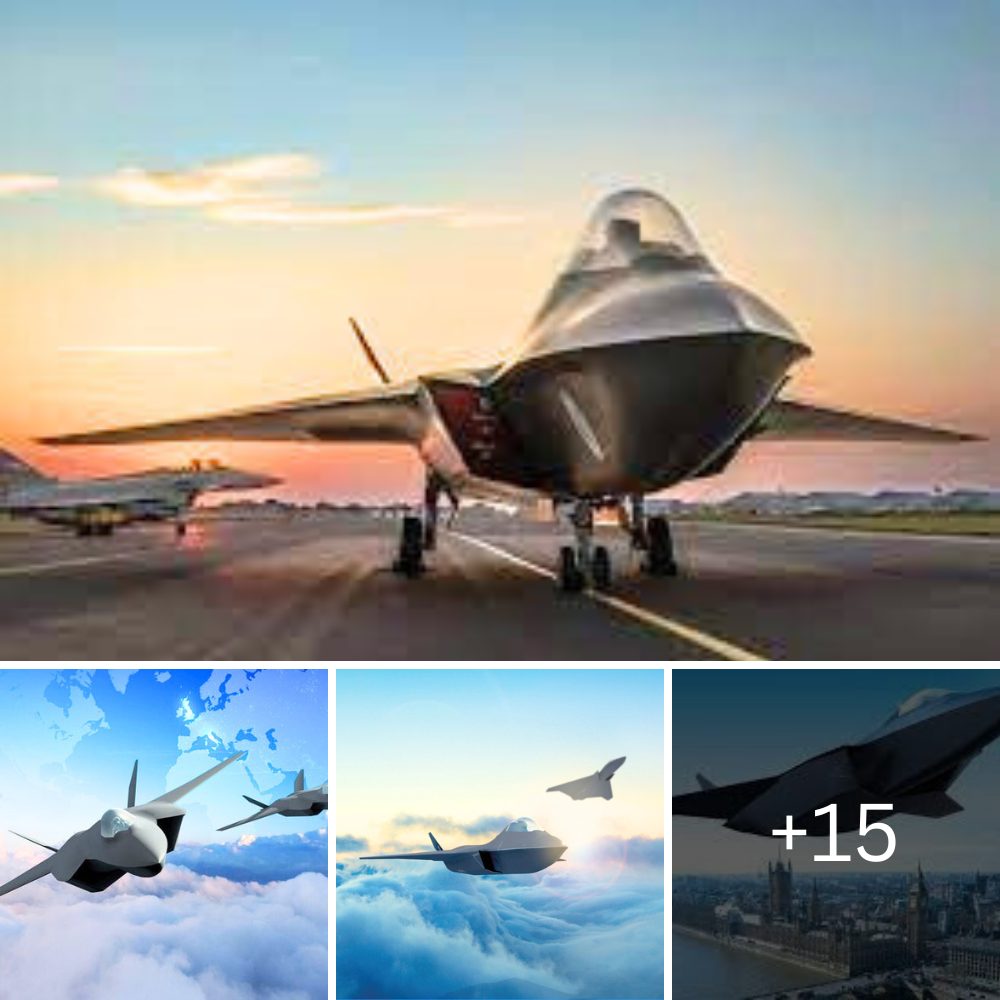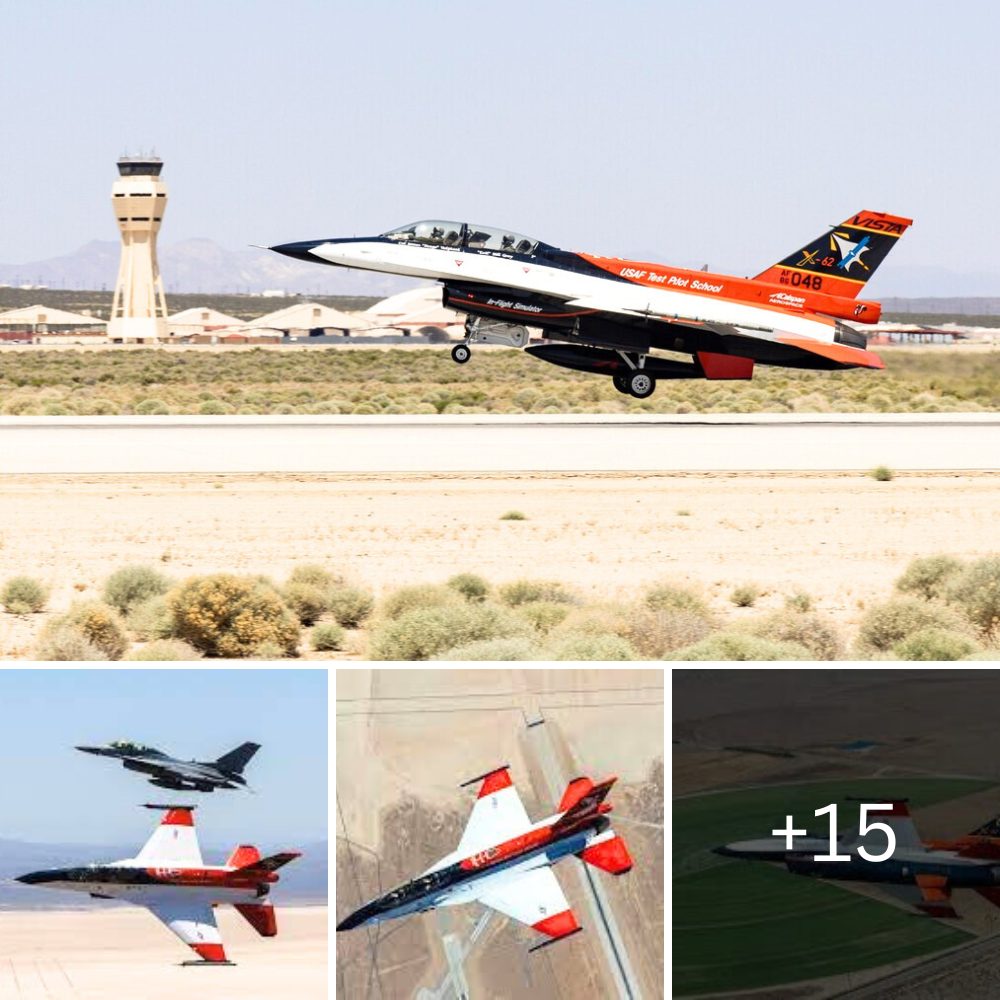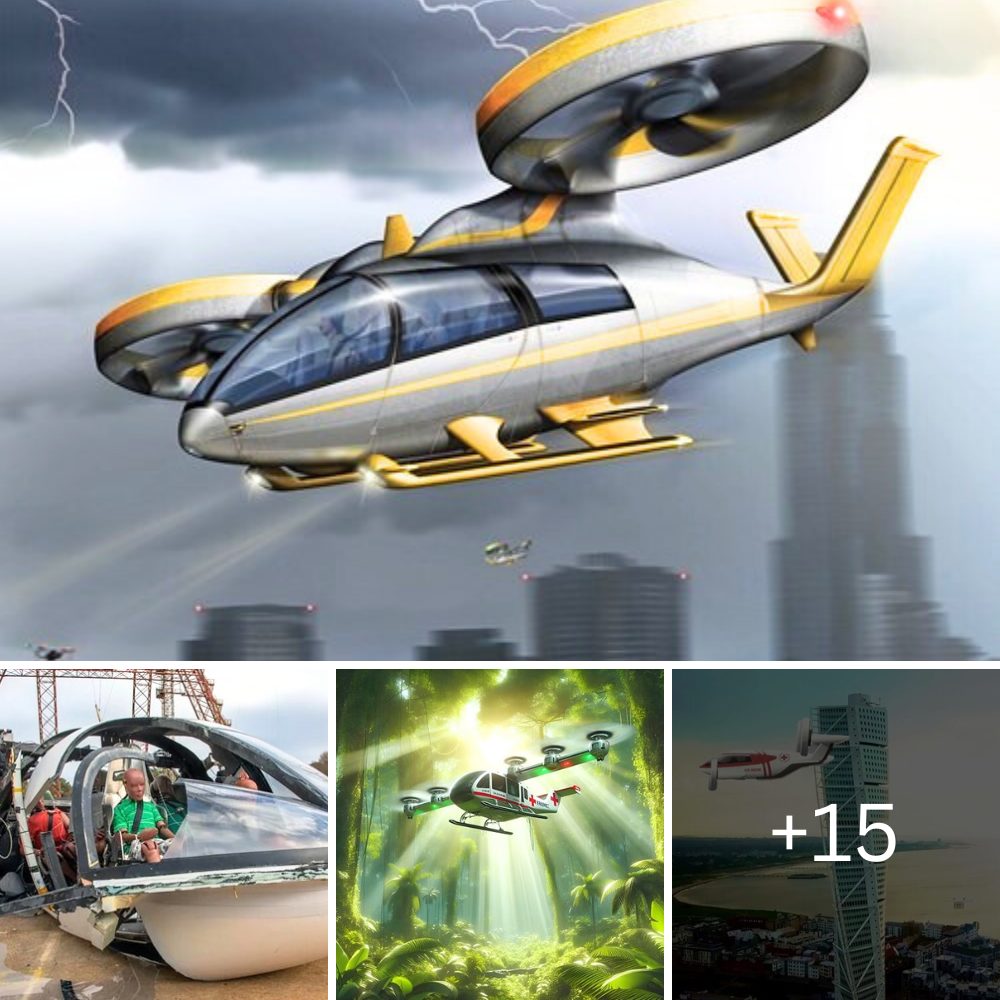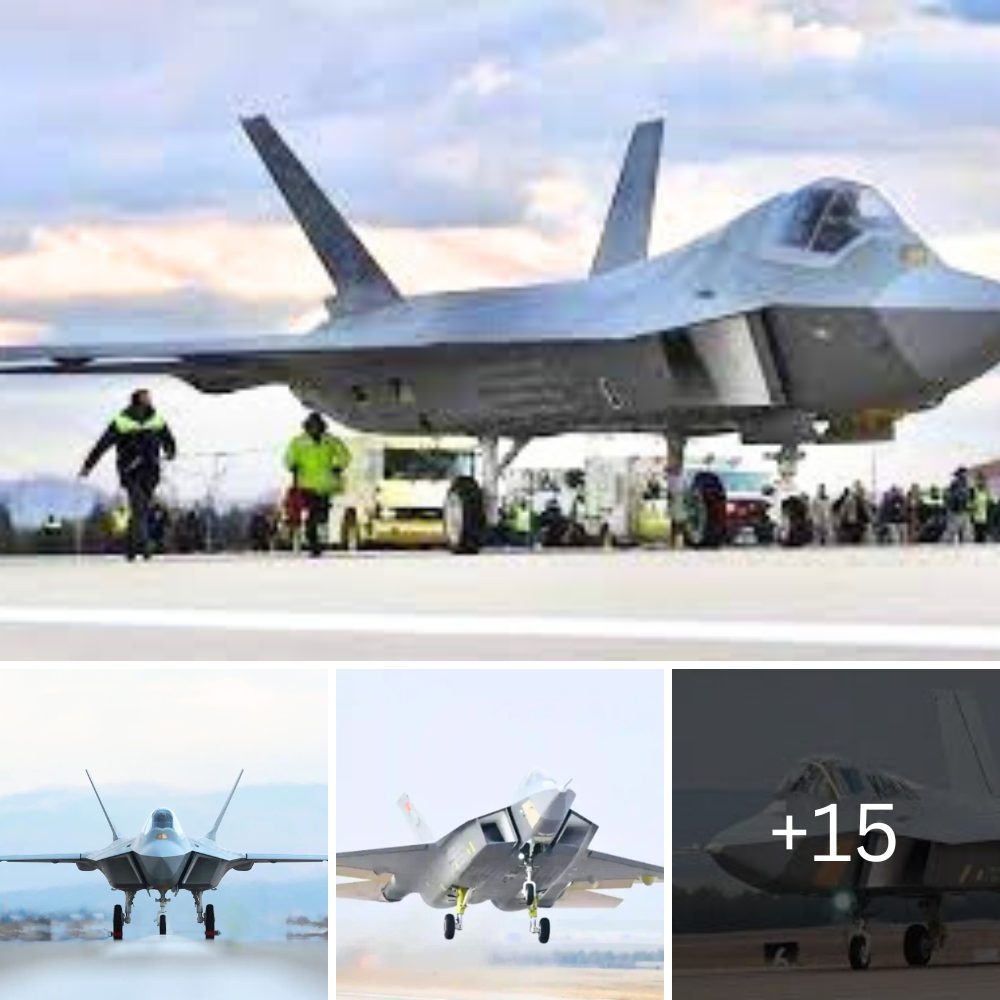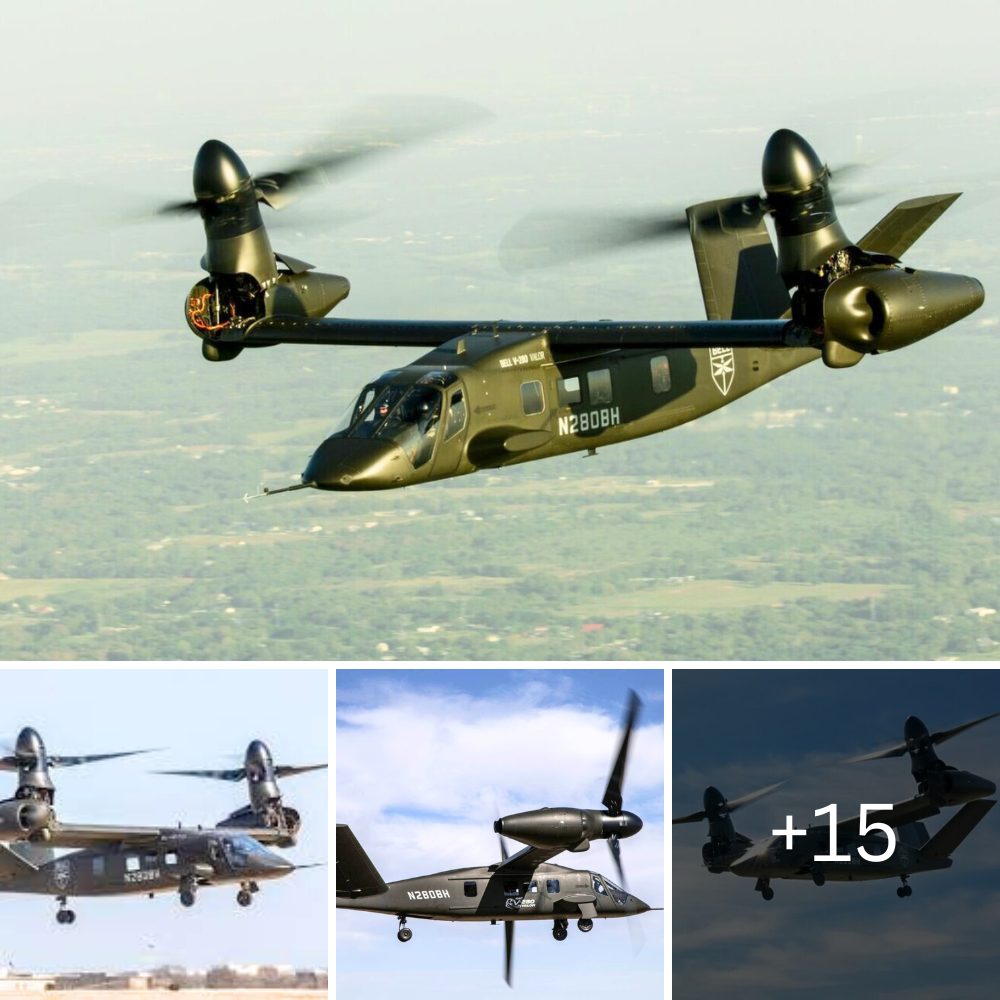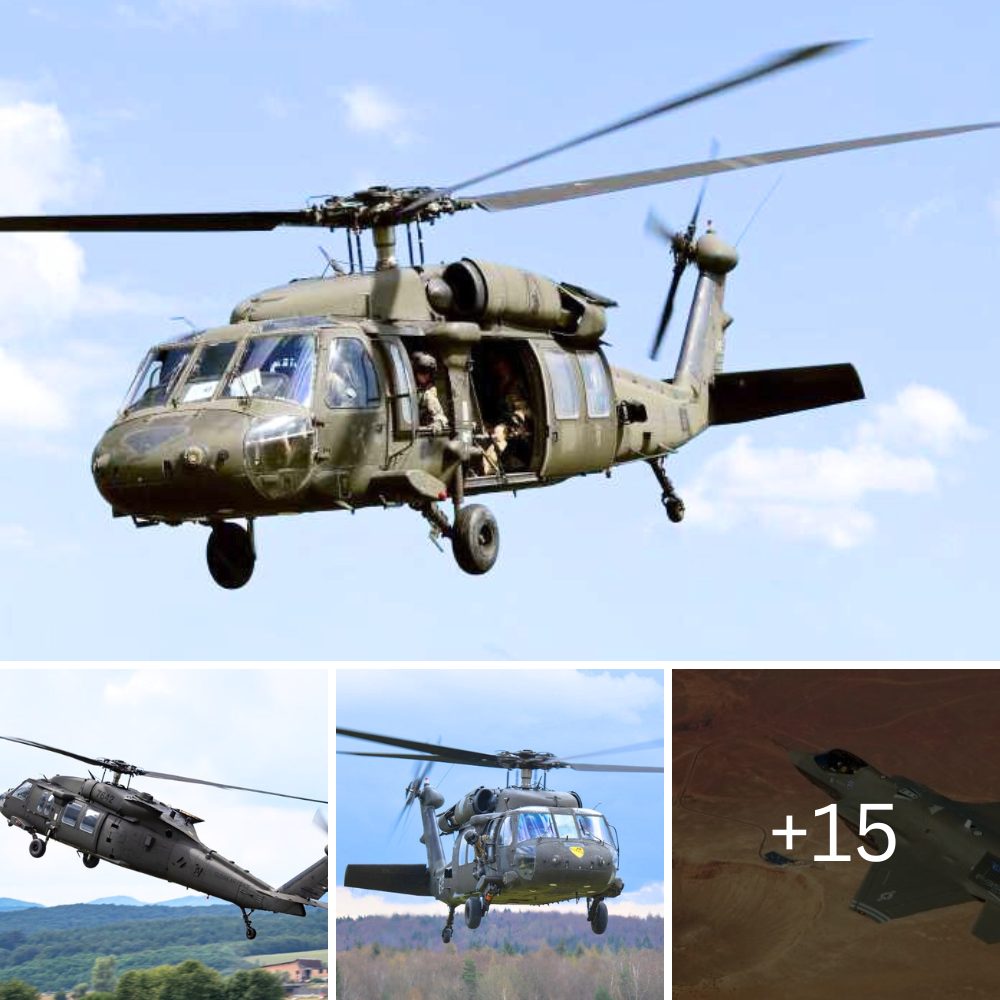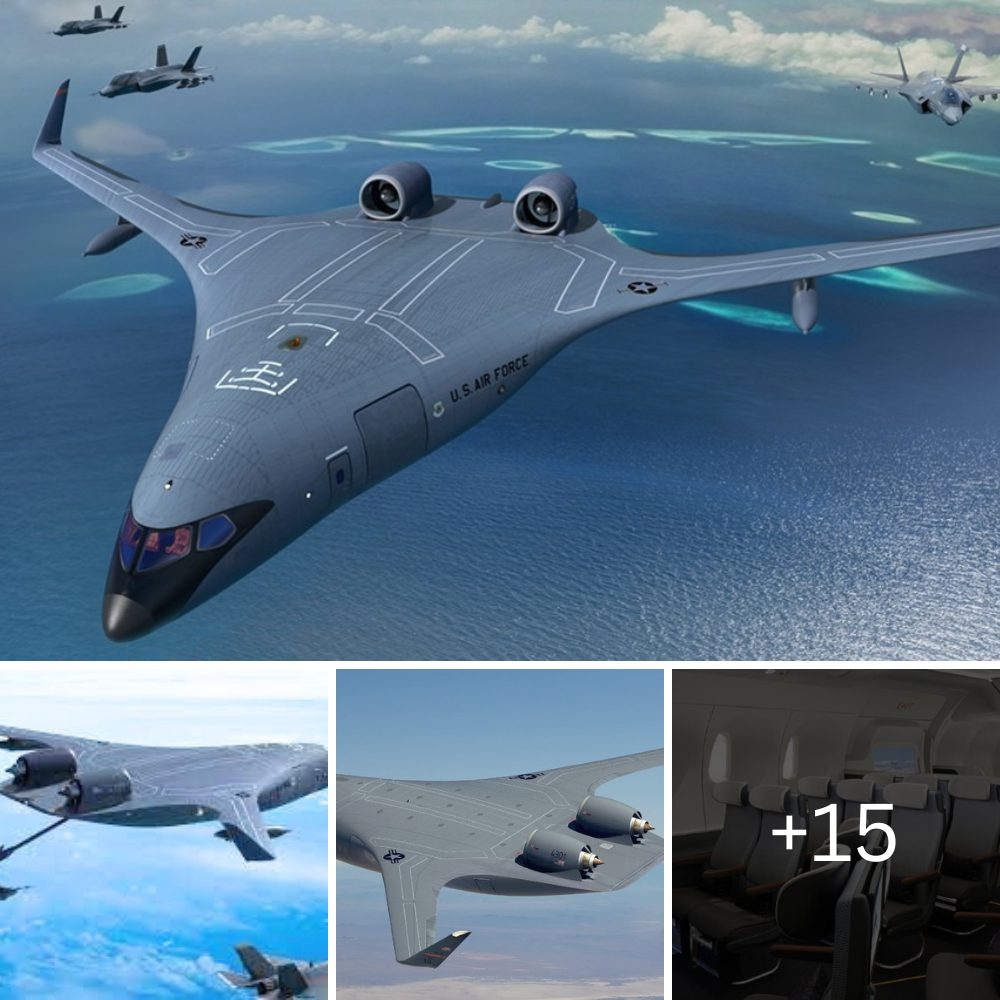The Tupolev ANT-201 ‘Gorostas’ stands as a testament to the ingenuity and innovation of Soviet aviation during a time of rapid technological advancement. Designed by the prominent Soviet aircraft engineer Andrei Tupolev, the ANT-201, also known as ‘Gorostas’ (meaning “giant” in Russian), represented a remarkable leap forward in long-range aviation capabilities.
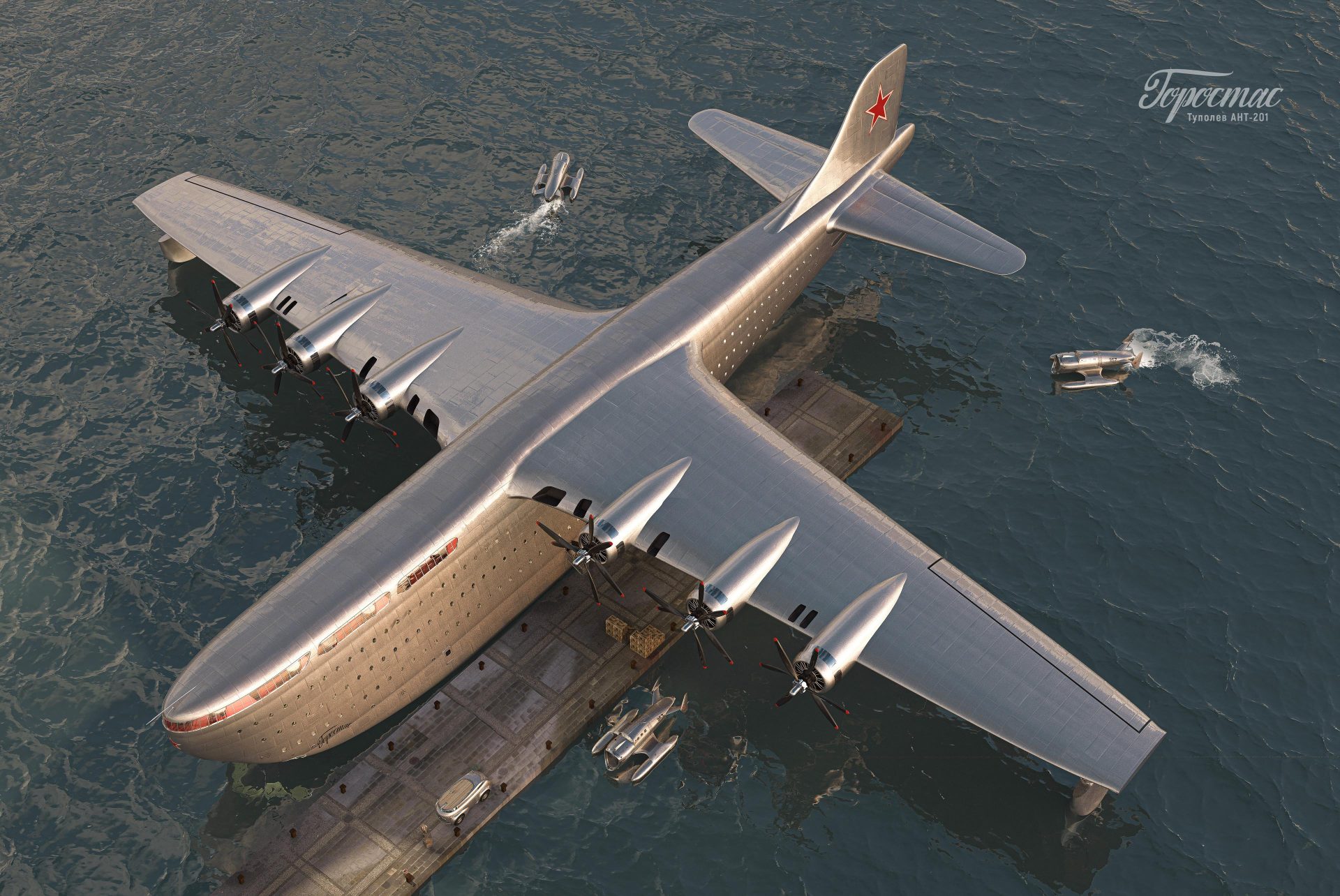
The development of the Tupolev ANT-201 ‘Gorostas’ occurred in the early 1930s, a time when the Soviet Union was investing heavily in its aviation industry. This was a period of intense competition among various aircraft designers to create cutting-edge aircraft that could push the boundaries of aviation performance.
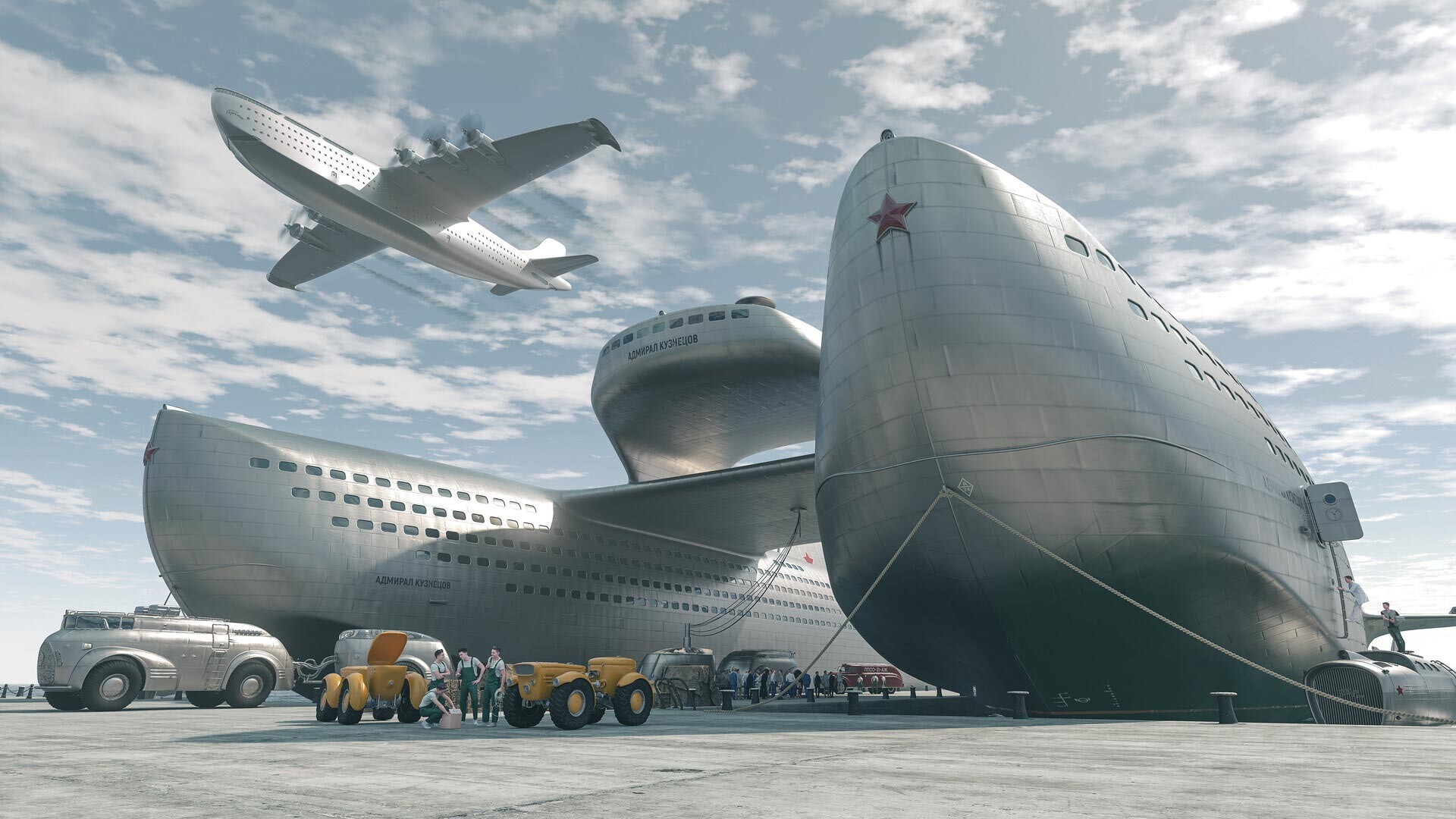
The ANT-201 ‘Gorostas’ was a four-engine heavy bomber with an impressive wingspan and a distinctive, sleek design. It was constructed primarily from metal, utilizing the latest advancements in aviation materials and manufacturing techniques. Its design was characterized by a smooth, aerodynamic fuselage and a robust undercarriage, making it well-suited for long-range missions and heavy payloads.
One of the most notable features of the ANT-201 was its range. With a maximum range of over 6,000 kilometers (approximately 3,730 miles), the ‘Gorostas’ could effectively reach distant targets without the need for refueling stops. This capability was particularly significant during the time when other nations were striving to achieve similar long-range capabilities.
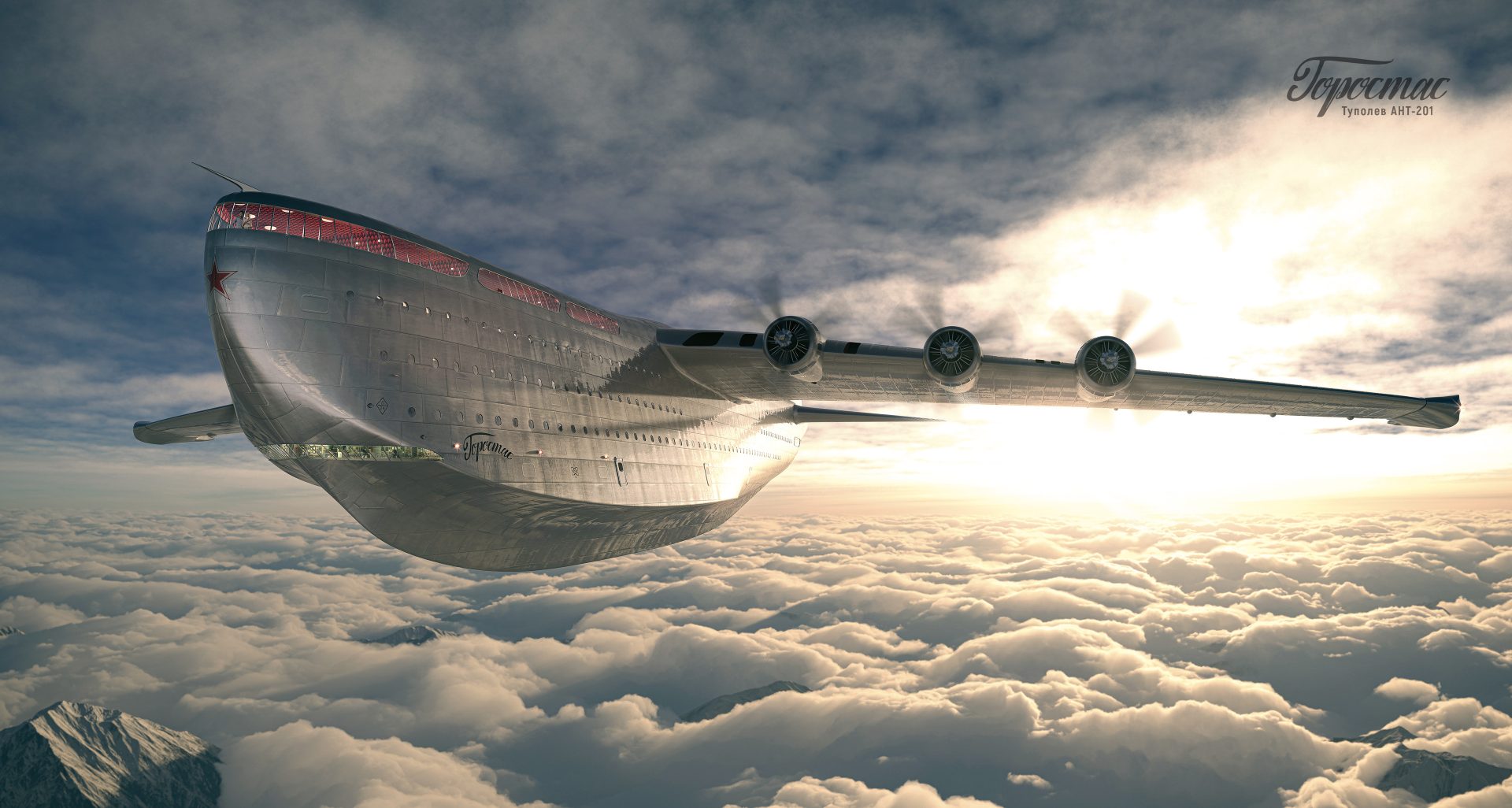
The ‘Gorostas’ was equipped with cutting-edge technology for its time. Its four engines, capable of delivering impressive thrust, were a result of the era’s advancements in aeronautical engineering. The aircraft’s design incorporated innovative aerodynamics that reduced drag and improved overall efficiency.
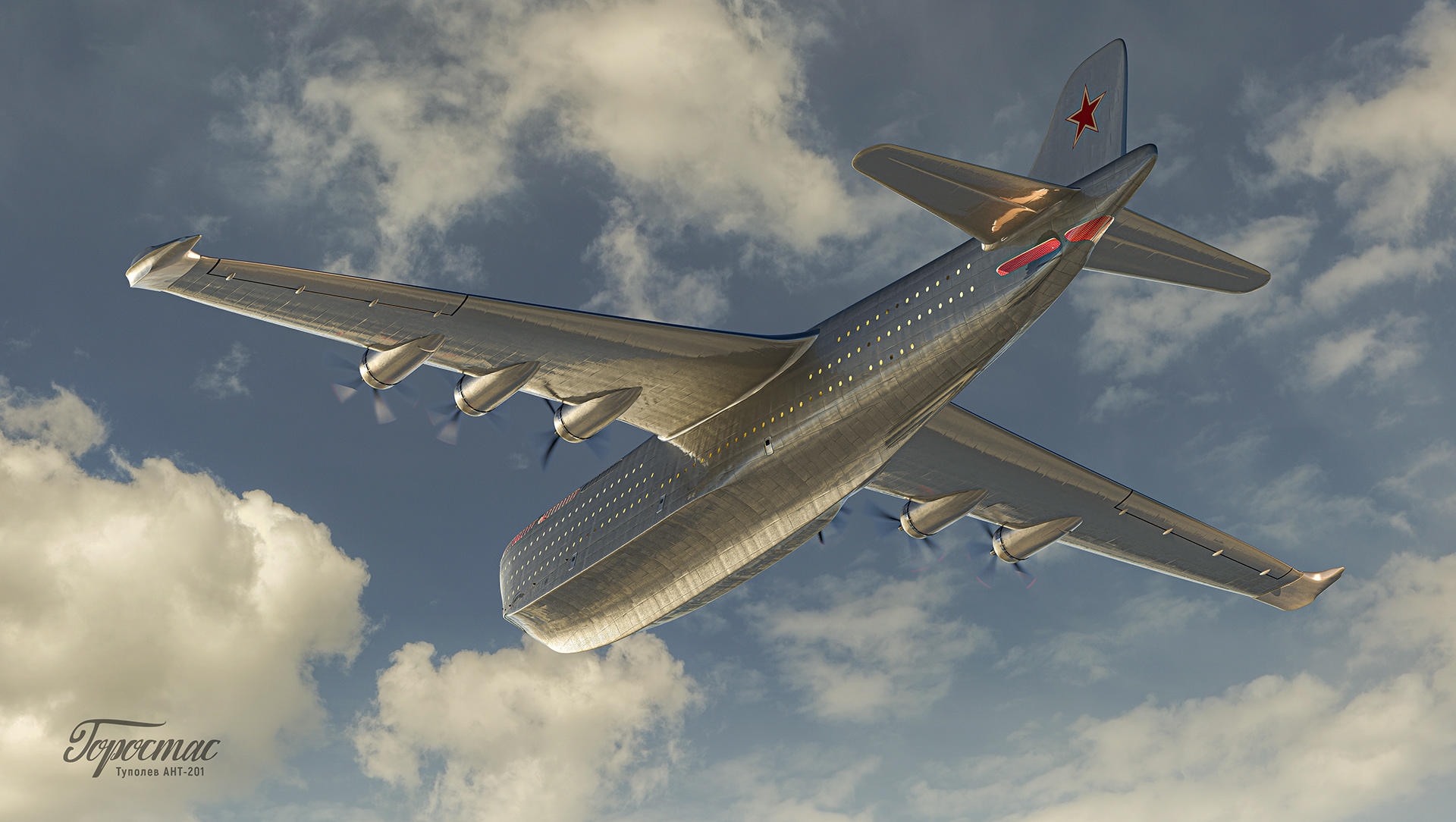
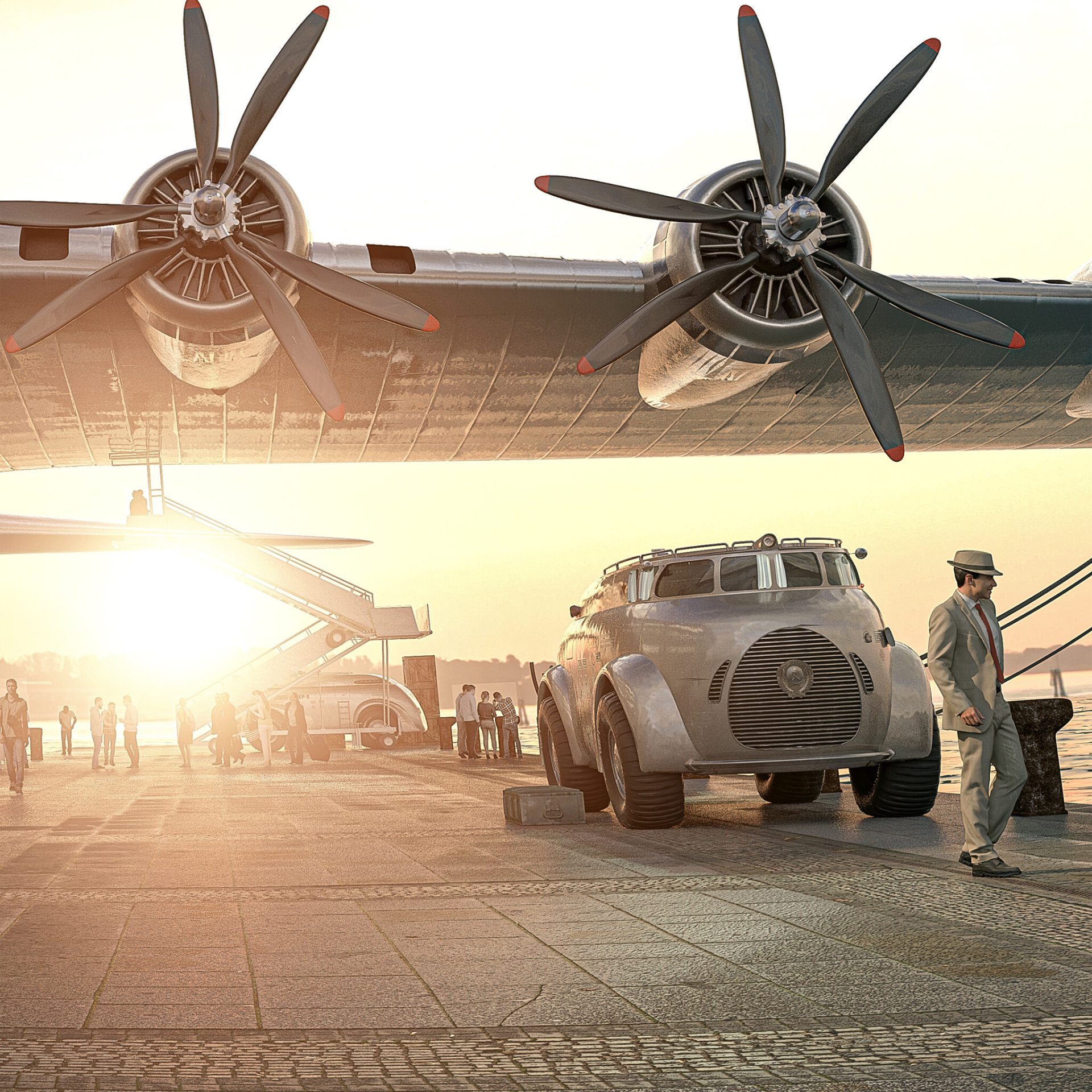
The Tupolev ANT-201 ‘Gorostas’ had a profound impact on the development of Soviet aviation and the global aviation industry as a whole. Its long-range capabilities and advanced design principles laid the foundation for future generations of strategic bombers and long-range aircraft. Additionally, the success of the ‘Gorostas’ underscored the Soviet Union’s commitment to technological progress and military strength.

The Tupolev ANT-201 ‘Gorostas’ stands as an iconic representation of Soviet aviation achievements during a pivotal period in history. Its impressive range, innovative design, and technological advancements showcased the capabilities of Soviet engineers and designers. The legacy of the ‘Gorostas’ continues to influence the aviation world, serving as a reminder of the remarkable progress made during a time of great innovation and competition.


